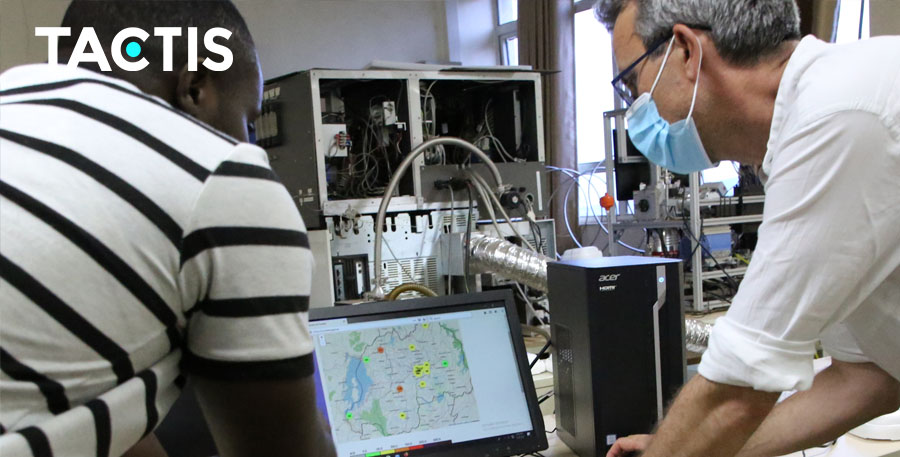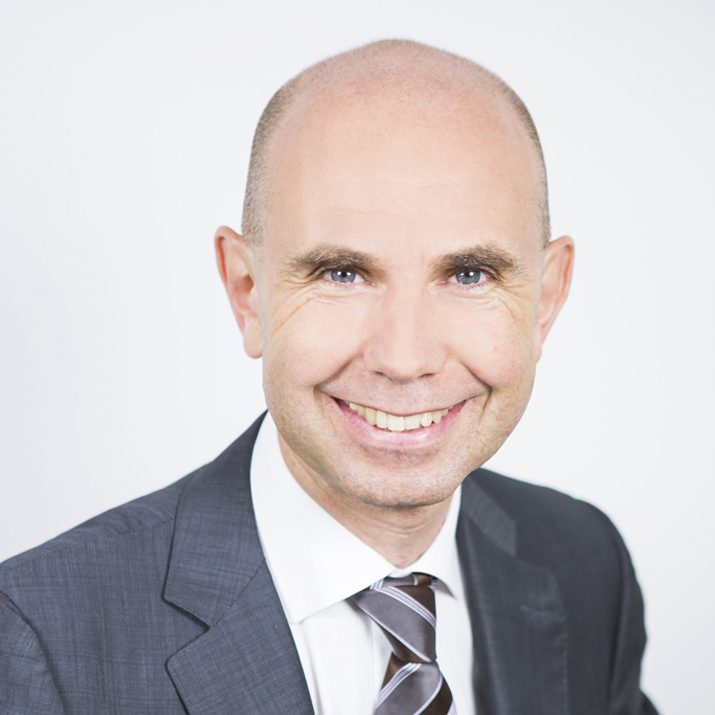It is now established that the Sustainable Development Goals (SDGs) and their associated indicators are excellent benchmarks for prioritizing our actions for the next 10 years. In 2030, we will need to learn lessons and take stock in order to readjust the SDG indicators. (1)
Planning with sustainable technologies
In 20 years, technology has become a vital part of our work methods. Most of us are equipped with computers, and especially smartphones, which have become veritable technological Swiss Army knives. The advantages they offer are well-established, but the prospects for innovation are colossal.
Of course, digital technology in general is undoubtedly a powerful lever and accelerator for development projects and programs in Africa, and particularly in all the major development themes of education, energy, agriculture, water, entrepreneurship, environmental protection, and mobility.
The GAFA (Big Data) companies are constantly optimizing their algorithms and positioning themselves as master data operators. A revolution is underway in service platforms, and artificial intelligence, blockchain, and electronic currencies are now essential tools to deploy. We must anticipate sustainable ways to finance, train, and deploy innovations while imagining how to power these technologies and the data they generate, as well as democratize their uses (SDG 7) and establish governance models (SDG 16 and 17).
Understanding the challenges, anticipation, and agility to create growth
A large number of stakeholders, whether donors, governments, or operators, agree that digital technology is a valuable ally, but we are also lagging behind because two major obstacles persist:
-
- Lack of agility regarding technology in the uses deployed.
We deploy technologies that are constantly evolving and evolving very rapidly. Often, months or even years pass between research, design, deployment, training, and updates, and obsolescence becomes the norm. We must therefore increase the agility of those leading these projects in the use of these technologies and place anticipation and vision of developments at the heart of strategies. This is a complex but achievable approach (SDG 17). - Upgrading the entire chain of users involved in projects.
Not only is training often lacking, but as in the first point, technologies evolve, and it is logical that the use of these technologies must evolve simultaneously. Also add the crucial issue of employment, which must be the real challenge and the main focus of the 54 countries of the African continent so that young people can embrace digital technology and successfully develop skills that create jobs. On this point, it is therefore necessary not only to provide training in technologies but also to enable stakeholders to develop skills that allow them to envisage stable and well-paid employment. Otherwise, the boomerang effect would be uninterrupted, with continued project development but a skills shortage... This is already the case in many countries in Africa, but not only there.
- Lack of agility regarding technology in the uses deployed.
Third places, hubs, bringing stakeholders together
We need to increase support for agile training programs. It's complex but essential. Edtech, coding, no-code, technology campuses, and the inclusion of digital technology in school curricula are solutions; integrating an understanding of the SDGs would be an additional asset. Not only does it link actions to objectives, but it also gives meaning to the actions of those who act.
I often see training or technologies implemented in Africa that are unsuitable locally because they are incompatible with the local cultural or economic ecosystem. Add to this applications or systems whose updates literally redesign the interfaces, and you have a recipe for dreadful failure.
The solution will come partly from the rise of digital hubs. There were 60 of them in 2017 and 750 in 2021. These hubs, or digital third places, will increasingly act as a bridge between initiative leaders or startups and potential donors and investors. HUBs that could develop compliance labels in line with... the SDGs!
The SDGs are interconnected. Take SDG 9, “Industry, Innovation and Infrastructure.” “Significantly increase access to information and communications technology and ensure that all people in least developed countries have access to affordable internet by 2020.”
It is therefore essential to develop cross-functionality between actions and, above all, to align ourselves with a common development logic. I am often asked about programs using new technologies in Africa why this or that project is not inspired by what is already being done elsewhere, and it is precisely because of this lack of alignment. Program developments act in a dispersed manner without respecting existing indicators, or sometimes by using distinct language elements.
Scales in project sizing to act as bridges with the SDGs and be understood by stakeholders
The Sustainable Development Goals (SDGs) therefore allow for anticipation and a clearer vision of the strategies to be adopted, as well as the areas of development. They also help define pillars in project sizes. The nano-scale, which is the smallest, the intermediate-scale: the micro- and meso-scale, and finally the macro-scale, which often defines infrastructure projects. They are distinguished by three key indicators: cost, speed of deployment, and impact.
SDGs at the heart of projects between citizens and public policy!
The use case of the citizen application for the city of Kigali

Tactis, a company operating in France and Africa in infrastructure and services consulting, has supported a project with French funding and the Kigali City Hall to deploy a reporting application for the city's citizens and a smart system of fixed and mobile pollution sensors.
As part of this ambitious project, which was highlighted during President Emmanuel Macron's historic visit to Rwanda in May 2021, the aim is to enable citizens to use a free, intuitive application to report malfunctions such as faulty lighting, roadworks, accidents, hazards, pollution, or any other malfunction. A list of cases allows citizens to report them by describing them with text in the application and adding a geolocation and a photo.
The innovation will enable city hall employees to respond to citizens' requests using their mobile devices and a centralized data platform. The employees will respond to citizens, schedule an intervention, and report the results with a photo and a description of what was done or what is planned, under what conditions, and within what timeframe.
The same goes for the pollution sensor system, where data will identify the most impacted areas using algorithms analyzing traffic hours, pollution levels, and pollution altitudes. This will allow for the reorganization of neighborhoods, traffic patterns, and market locations, for example, to reduce the inconvenience of proximity to traffic while optimizing logistics.
Two key points about this innovative and ambitious project:
-
- This vision is being collaboratively implemented and therefore anticipates interactions between citizens and public policy. The objective is shared among the various stakeholders to improve interactions with digital and human resources and to be part of a true smart city strategy.
- No fewer than four key SDGs are highlighted in this project: SDG 9: Industry, Innovation and Infrastructure, SDG 11: Sustainable Cities and Communities, SDG 16: Peace, Justice and Strong Institutions, and especially SDG 17: "Partnership for Achieving the Goals."
With the inclusion and therefore awareness of SDG 17, this project focuses on numerous indicators, such as SDG 17.19: "Development of Sustainable Development Indicators." By 2030, leverage existing initiatives to establish sustainable development progress indicators that would complement gross domestic product and support statistical capacity building in developing countries.
Societies are being disrupted by economic and health crises, and the impact is real, for both industrialized and developing countries. Many experts in civilizations and the environment regularly discuss the challenges we will increasingly face. This is what was recently done in the latest IPCC report.
In realistic but large-scale solutions, it seems clear to me that knowing how to unite sectors of society, and therefore states, is more necessary than ever. We need a shared vision, a sustainable world built within the framework of this third industrial revolution, that of new technologies.
Citizens with HUBs in Africa, donors financing innovation, and companies expert in complex projects like Tactis are essential links in this revolution.
(1) The list of SDGs can be found on the United Nations website

Stéphane Lelux
Would you like to contact Stéphane Lelux?
Hello, do you have a question about Tactis's business? Need some clarification regarding a future project? Send an email to Stéphane Lelux:

